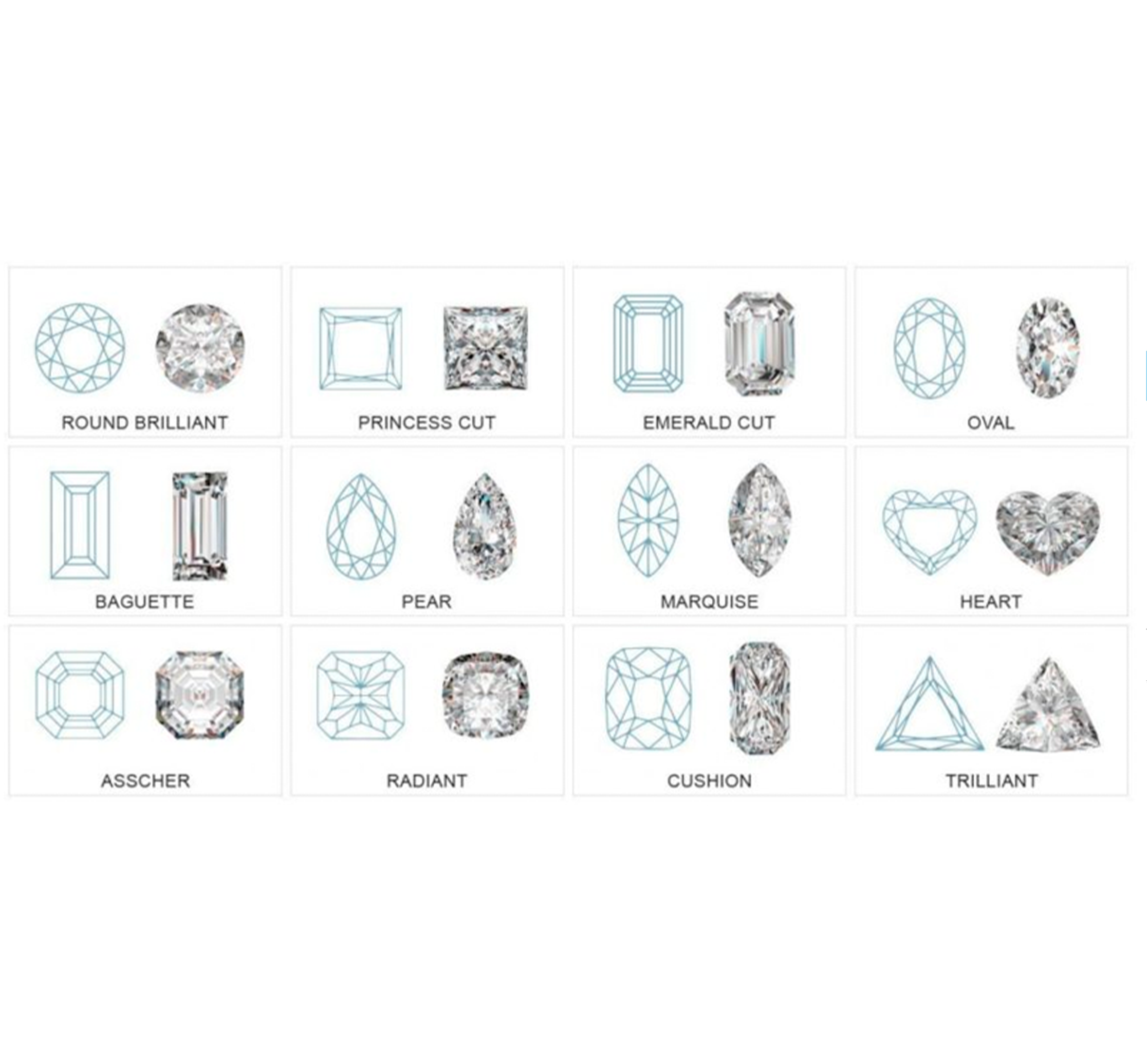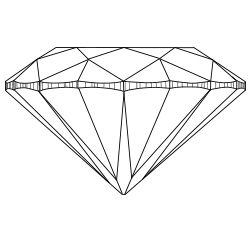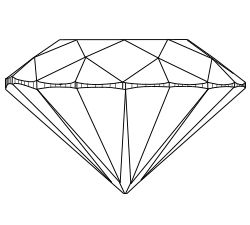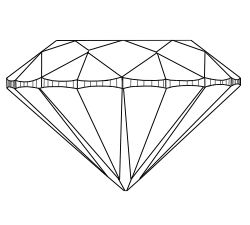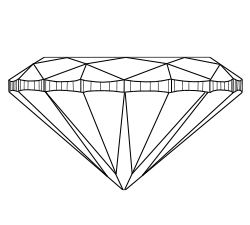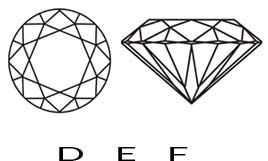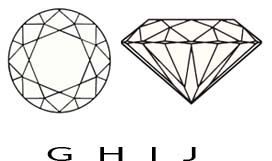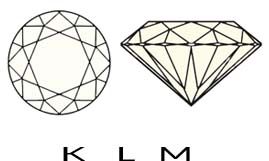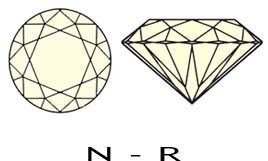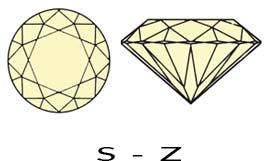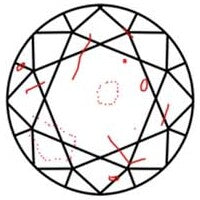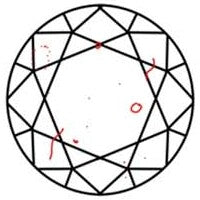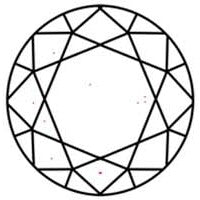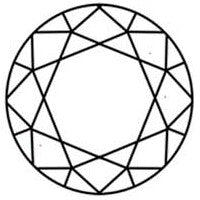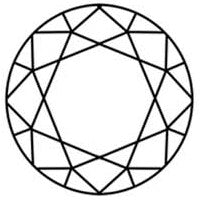Diamond Education

The 4 C’S Diamonds
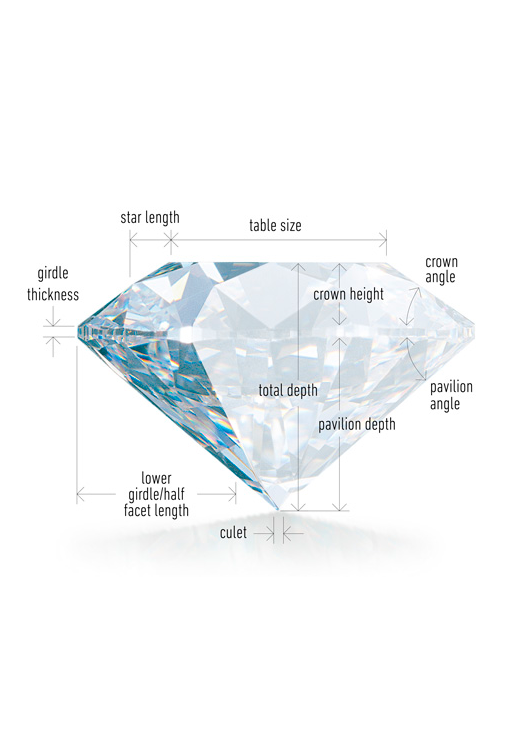
Cut – The Sparkle Factor
The cut of a diamond determines how it interacts with light. A perfectly cut diamond reflects light back to the eye, creating brilliance, fire, and scintillation.
- Excellent/Ideal Cut: maximum sparkle, most desirable.
- Very Good: still brilliant, but slightly less precise.
- Fair/Poor: less brilliance, light escapes instead of reflecting.
Even if two diamonds have the same carat and color, the cut is what makes one truly shine.
Cut Grades of Diamonds
Color – From Dazzling White to Fancy Hues
Most diamonds appear white, but they actually range from colorless (D–F) to light yellow or brown (Z).
- D–F (Colorless): rare and highly prized.
- G–J (Near Colorless): excellent balance of value and beauty.
- K–M (Faint Color): warmer tones visible.
- Fancy Colors: rare pink, blue, yellow, and beyond — striking and unique.
Color is a matter of preference — some love icy-white brilliance, while others are drawn to warmer or fancy-colored diamonds.
Cut Grades of Diamonds
Clarity – Nature’s Fingerprint
Almost every diamond has natural inclusions (internal features) or blemishes (surface marks). These are nature’s fingerprints and often invisible to the naked eye.
Diamonds are graded on an 11-point clarity scale by GIA, from Flawless (FL) to Included (I). The fewer the inclusions, the rarer and more valuable the diamond.
💡 Good to know: Many diamonds in the VS (Very Slightly Included) and SI (Slightly Included) categories look perfectly clean without magnification, offering great value.
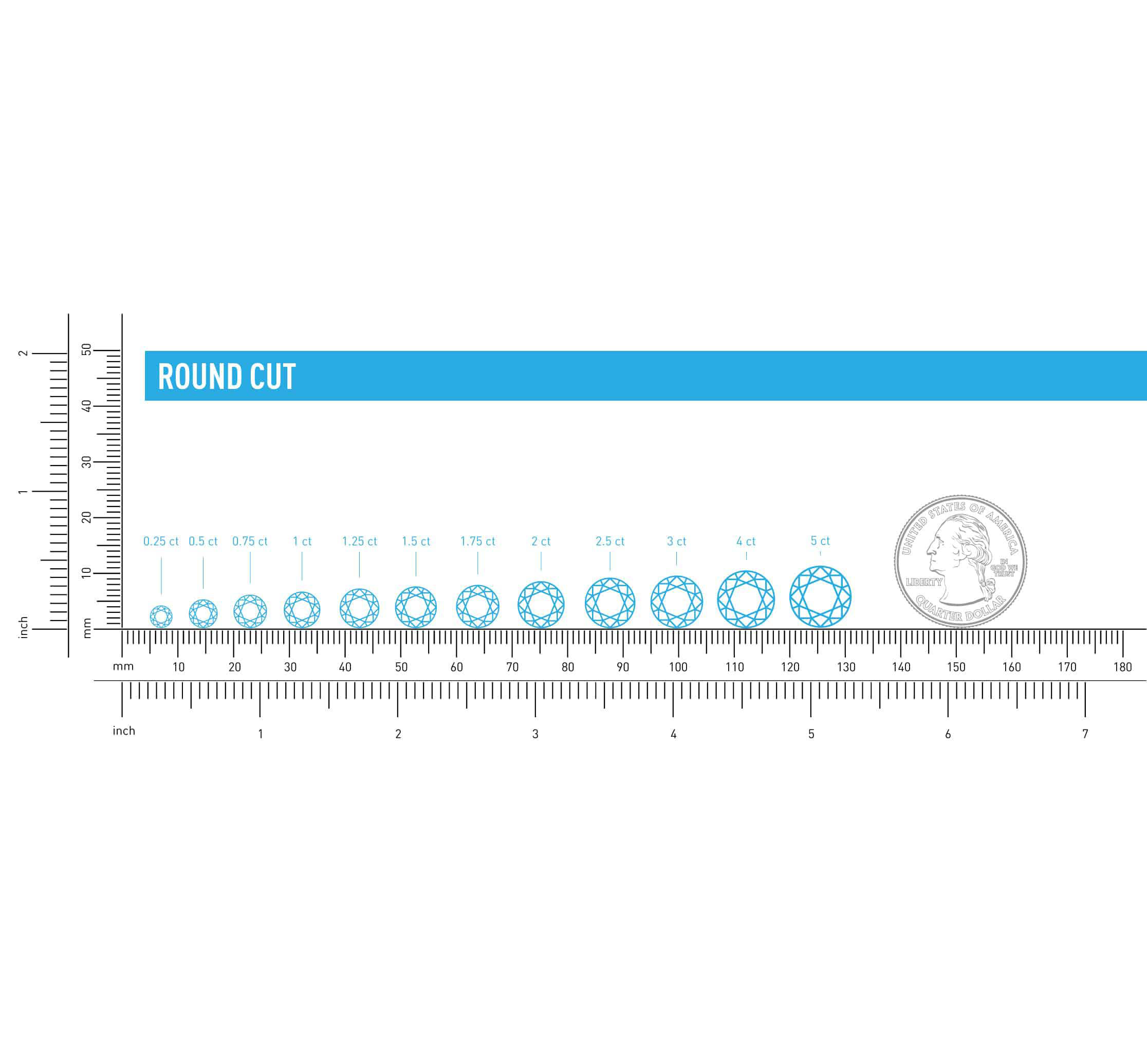
Carat – Diamond Weight Explained
Carat refers to the weight of a diamond, not its size. In the United States, most engagement ring diamonds are between 1–2 carats — the perfect balance of brilliance and presence on the hand. A higher carat weight often increases the price, but remember: a smaller, well-cut diamond can appear more radiant than a larger stone with a poor cut.
💡 Tip: If size is your priority, explore lab-grown diamonds — they offer more carat weight for your budget without sacrificing beauty or quality.
Diamond Shape – A Reflection of Personality
Diamonds come in many shapes, each with a unique style:
- Round Brilliant – timeless, maximum sparkle.
- Princess Cut – modern and chic, with sharp edges.
- Emerald Cut – elegant and sophisticated with hall-of-mirrors effect.
- Oval Cut – elongates the finger, perfect for engagement rings.
- Pear & Marquise – distinctive shapes that make a bold statement.
- Heart Shape – romantic and symbolic.
Choosing the right diamond shape is about finding the one that best reflects your story and personality.
